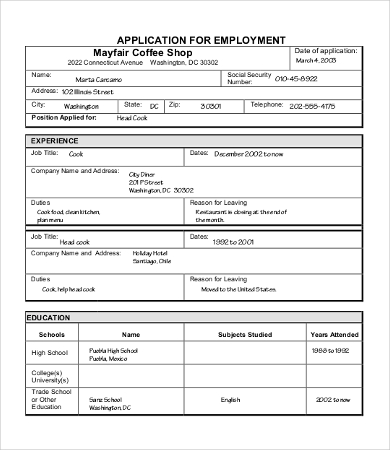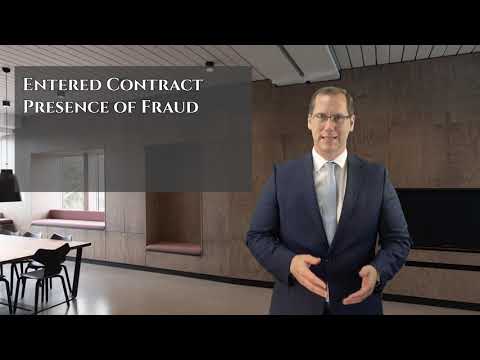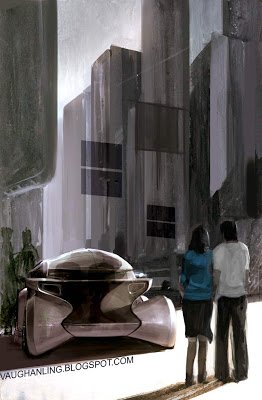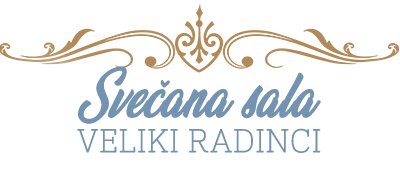Contents:


The better https://1investing.in/ of the period costs helps the entity to identify the expenses and the areas of expenses where the same service or better services and results could be obtained through less expenditure to the company. The management of the period cost helps the company to prepare better budgeting and able the entity to use the increased profit in expanding the business through which the entity will yield more profit. Other examples of period costs include marketing expenses, rent , office depreciation, and indirect labor. Also, interest expense on a company’s debt would be classified as a period cost. Office rent, depreciation (capitalized over the asset’s useful life), and indirect labor are examples of period costs . Product costs include direct labor, inventory, raw materials, manufacturing supplies, and other charges.
Period costs can be separated by category on the income statement to help understand what the costs are and how much is spent on each. This way you’ll have a better idea of the expenses and give a better idea of the net income of your company. Notice from the exhibit that as goods are completed, their costs are transferred from work in process to finished goods. As goods are sold, their costs are transferred from finished goods to cost of goods sold. At this point the various material, labor, and overhead costs required to make the product are finally treated as expenses. Until that point, these costs are in inventory accounts on the balance sheet.
What are Period Costs?
The key difference between product cost and period cost is that product concurs when a company produces any products. Consequently, they are not apportioned to any product but charged as an expense in the income statement. Period costs are basically the expenses which could be charged to income statement of the company for the period in which such expenses have been incurred. These expenses are not directly related to the production of inventory and thus does not form part of the cost of goods sold and are charged in the income statement of the company.
- Notice from the exhibit that as goods are completed, their costs are transferred from work in process to finished goods.
- Since the employees are the revenue-generating resources for the company, it cares a lot for their convenience & welfare.
- On the other hand, the administrative assistant’s salary is a period cost since she works in the office and not on the production floor.
- Full BioAmy is an ACA and the CEO and founder of OnPoint Learning, a financial training company delivering training to financial professionals.
- In manufacturing companies, theses costs usually consist of direct materials, direct labor, and manufacturing overhead cost.
- The first expenses listed on a multi-step income statement are cost of goods sold, which is a product cost.
bookkeeping services costs are typically expensed in the period they are incurred and are not carried over to future accounting periods. Evaluation of the period costs allows the management of the company for proper planning, as they play an important role in evaluating the financials of the company. Fixed costs remain constant for a given tenure, irrespective of the level of output. Generally, fixed cost consists of fixed production overhead and Administration Overhead.
Product costs:
The company has one very large manufacturing facility but has a few dealerships and offices around the country. The company rents offices for their executives and marketing team. The company manufactured and sold 1,000 cars during the fourth quarter. Each car costs $10,000 in direct materials, $10,000 in direct labor, and $20,000 in manufacturing overhead. The company has three executives who each get paid $250,000 every quarter.
This portion of the year’s insurance will not become an expense until the goods that are produced during the year are sold–which may not happen until the following year or even later. Until the goods are sold, the $1,500 will remain as part of the asset, inventory , along with other costs of producing goods. Define and explain the terms “product cost” and “period cost”.
#1. Maintain a record of your period costs.
These costs may include the cost of raw materials used in production, wages of workers who operate in producing goods, or the cost of utilities consumed by manufacturing facilities. Following accounting standards, the cost of inventory, or cost of goods sold, is any cost incurred to get inventory ready to be sold. In the case of manufacturers, it is any cost incurred to produce the products to be able to sell them. Period costs should be recorded on the appropriate balance sheet account to provide an accurate representation of the business’s expenses.
However, you’ll still have to pay the rent on the building, pay your insurance and property taxes, and pay salespeople that sell the products currently in inventory. If you’re currently in business, you need a good way to manage costs. While using accounting software is the best method for managing costs, even if you’re still recording transactions in a manual ledger or using a spreadsheet application, you can learn to manage business costs properly. Finally, adherence to expense recognition principle under accrual accounting is mandatory to get the books of accounts audited in a smooth way.
Period costs can be defined as any cost or expense items listed in the firm’s income statement. Examples of period costs include selling and administrative expenses. Both of these types of expenses are considered period costs because they are related to the services consumed over the period in question. From above example, it is apparent that the product costs like direct materials, direct labor and manufacturing overhead might be incurred during one period but expensed in a following period when the related goods are sold.
Product cost:
These are the structural determinants of the activities on which cost is being incurred and determine the behavior of the costs on an activity. Outsourcing non-core activities – If a business is not core to its operations, then outsourcing those responsibilities could help it reduce period expenses. Consider the example of a professional furniture maker who is hired to construct a coffee table for a customer. The prime costs for creating the table include both the cost of the furniture maker’s labor and the raw materials required to construct the table, including the lumber, hardware, and paint. Which of the following is an example of a period cost in a company that makes clothing? The core production activities and purchasing activities are the principal reasons of incurring product costs.
Insights into the market size $1.19 Billion Global Health Insurance … – Digital Journal
Insights into the market size $1.19 Billion Global Health Insurance ….
Posted: Thu, 13 Apr 2023 05:46:52 GMT [source]
If the rented building is used as a manufacturing facility, it is a product cost. If the rented building is used as office space, it is a period cost. Expenses which can be directly traced to related revenue fall under this category; for example, inventory expenses. Suppose, Atlanta Inc. is a trading company operating in Michigan. It has imported 10,000 units of kitchen appliances from Pakistan @ $100 per unit. During the current year, it has managed to sell only 6,000 units of those appliances @ $125 each.
Items That are Not Period Costs
Period costs are not attached to products and the company does not need to wait for the sale of its products to recognize them as expense on income statement. According to generally accepted accounting principles , all selling and administrative costs are treated as period costs. We have already defined product costs as those costs that are involved in either the purchase or the manufacture of goods. For manufactured goods, these costs consist of direct materials, direct labor, and manufacturing overhead. It will be helpful at this point to look briefly at the flow of costs in a manufacturing company.
Therefore, the cost of inventories is the same as product costs. Since inventories are recorded as assets for the manufacturers, product costs are recorded on the balance sheet in the assets section under inventories. Any manufacturer’s expense can be either categorized as a product cost or a period cost based on whether it can be directly linked to the production process of inventories or not. A period cost is any cost consumed during a reporting period that has not been capitalized into inventory, fixed assets, or prepaid expenses.

As a result, they aren’t assigned to any specific product but rather listed as a cost in the income statement. These costs include items that are not related directly to the primary function of a business, such as paying utility bills or filing legal suits. Period expenses are costs that help a business or other entity generate revenue, but aren’t part of the cost of goods sold.

Whether the calculation is forforecasting or reporting affects the appropriate methodology as well. Period costs are all other indirect costs that are incurred in production. Period expenses are just one category of expense that can have a direct impact on both reducing costs and increasing revenue, so it’s important to keep them in mind when looking for opportunities to improve your business. Ongoing communication with suppliers – By staying in constant communication with suppliers, businesses can make sure they are aware when period costs are starting to get out of hand.
Product costs are any costs incurred in the manufacture of a product. These costs include direct materials, direct labor, and factory overhead. When recording period costs, it is important to ensure that costs are recorded on the appropriate balance sheet account, in order to provide an accurate representation of the business’s expenses.
In manufacturing companies, theses costs usually consist of direct materials, direct labor, and manufacturing overhead cost. The contention of the company to treat the interest amount as product cost just because the efficiency increases by 20% is not appropriate. As per accounting standards, the company needs to capitalize on the amount of interest till date the asset is put to use. Thus, $ 4.8 million needs to be capitalised & the balance to be shown as an expense in the profit & loss account. Even in future years, the whole of interest expense is to be treated as a period cost. All such expenses are incurred in the period in which they are incurred.
